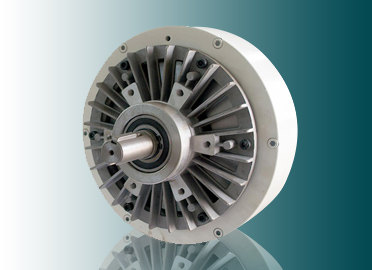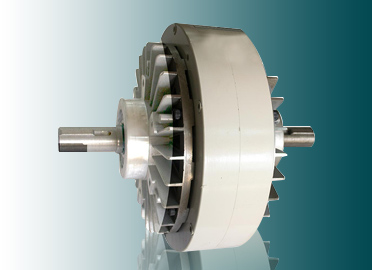A brake is a device with functions such as decelerating, stopping, or maintaining a stopped state of moving parts (or moving machinery). It is a mechanical part that stops or decelerates the moving parts in the machine. Commonly known as brakes, brakes.
Brake principle
Definition of brake
A brake is a device that uses frictional torque to reduce the speed of moving parts of a machine or stop it from rotating.
5 conditions that brakes must meet
- Sufficient braking torque can be generated.
- Simple structure and compact appearance.
- Braking is fast, stable, and reliable.
- The brake parts have sufficient strength and rigidity, and the brake belt and drum should have high wear resistance and heat resistance.
- Easy to adjust and maintain.
Application
The brake is generally set on the shaft with a higher speed in the mechanism (small torque)
Classification

Friction brake
Friction brakes can be divided into disc brakes, outer-holding block brakes, internal expansion shoe brakes, band brakes, comprehensive band brakes, double shoe brakes, multi-shoe brakes, simple band brakes, single-disc brakes, Multi-disc brakes, fixed caliper brakes, floating brakes, etc.
Non-friction brake
It can be divided into magnetic particle brake, magnetic eddy current brake, water eddy current brake, and so on.
